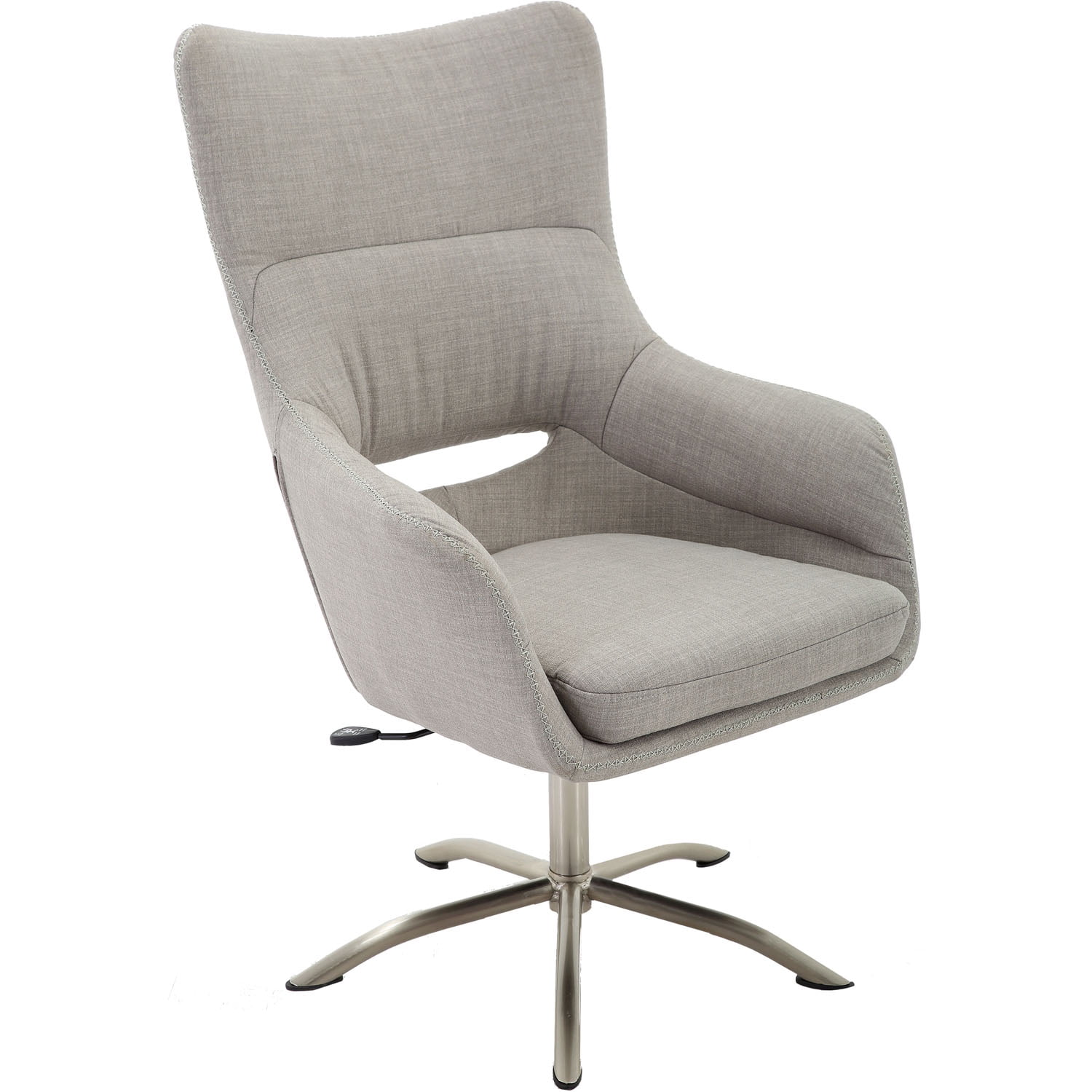Practical Considerations and Maintenance: Office Desk Chair No Wheels

Choosing between a stationary office chair and one with wheels involves careful consideration of your individual needs and workspace. Both offer distinct advantages and disadvantages that impact comfort, productivity, and overall health. Understanding these factors is crucial for making an informed decision.
Advantages and Disadvantages of Stationary vs. Wheeled Chairs
Stationary office chairs offer stability and a fixed posture, which can be beneficial for individuals who require consistent support and find themselves fidgeting excessively in a wheeled chair. They often promote better posture by preventing the user from constantly shifting position. However, the lack of mobility can be a significant drawback, particularly in larger workspaces or those requiring frequent movement between different areas. Wheeled chairs, conversely, offer flexibility and ease of movement, allowing for quick transitions between tasks and areas. This mobility can improve workflow efficiency. However, the wheels can be distracting, promoting restless movement and potentially hindering concentration for some users. The increased mobility also presents a risk of accidental movement or collisions.
Common Issues and Solutions for Stationary Office Chairs
Several common issues can arise with stationary office chairs. One frequent problem is discomfort from prolonged sitting. This can be mitigated by selecting a chair with ergonomic features such as lumbar support, adjustable height, and breathable fabric. Another common issue is the chair’s stability; ensuring the chair’s base is stable and level on the floor is crucial for preventing wobbling or tipping. Adjusting the chair’s feet or using a leveler can often resolve this. Finally, wear and tear on the chair’s components, such as the seat cushion or armrests, is inevitable. Regular maintenance and timely replacement of worn parts will prolong the chair’s lifespan.
Maintenance and Cleaning of Stationary Office Chairs, Office desk chair no wheels
Regular maintenance is essential for preserving the condition and longevity of a stationary office chair. This involves periodic cleaning to remove dust, dirt, and stains. Cleaning methods vary depending on the chair’s upholstery material. For fabric upholstery, vacuuming is recommended, followed by spot cleaning with a mild detergent and water solution. Leather upholstery can be cleaned with a specialized leather cleaner, while vinyl can be wiped down with a damp cloth. Regularly inspecting the chair’s structure for loose screws or damaged parts is also crucial. Tightening loose screws and addressing any damage promptly can prevent more significant issues from developing.
Assembling a Stationary Office Chair
Proper assembly is critical for ensuring the chair’s stability and functionality. Follow these steps for assembling a typical stationary office chair:
- Carefully unpack all components and identify each part using the provided instructions.
- Attach the base to the chair’s legs, ensuring all screws are securely tightened.
- Attach the seat to the base, aligning the holes and securing with the appropriate fasteners.
- Attach the backrest to the seat, ensuring it is properly aligned and securely fastened.
- Install any armrests, headrests, or other accessories according to the manufacturer’s instructions.
- Finally, inspect the assembled chair for stability and ensure all parts are securely fastened.
Cleaning and maintaining different chair materials requires specific approaches. Fabric upholstery benefits from regular vacuuming and spot cleaning with a mild detergent and water solution. Leather upholstery should be cleaned with a specialized leather cleaner to prevent damage. Vinyl upholstery can be easily wiped down with a damp cloth. Always refer to the manufacturer’s instructions for specific cleaning recommendations for your chair’s material.
